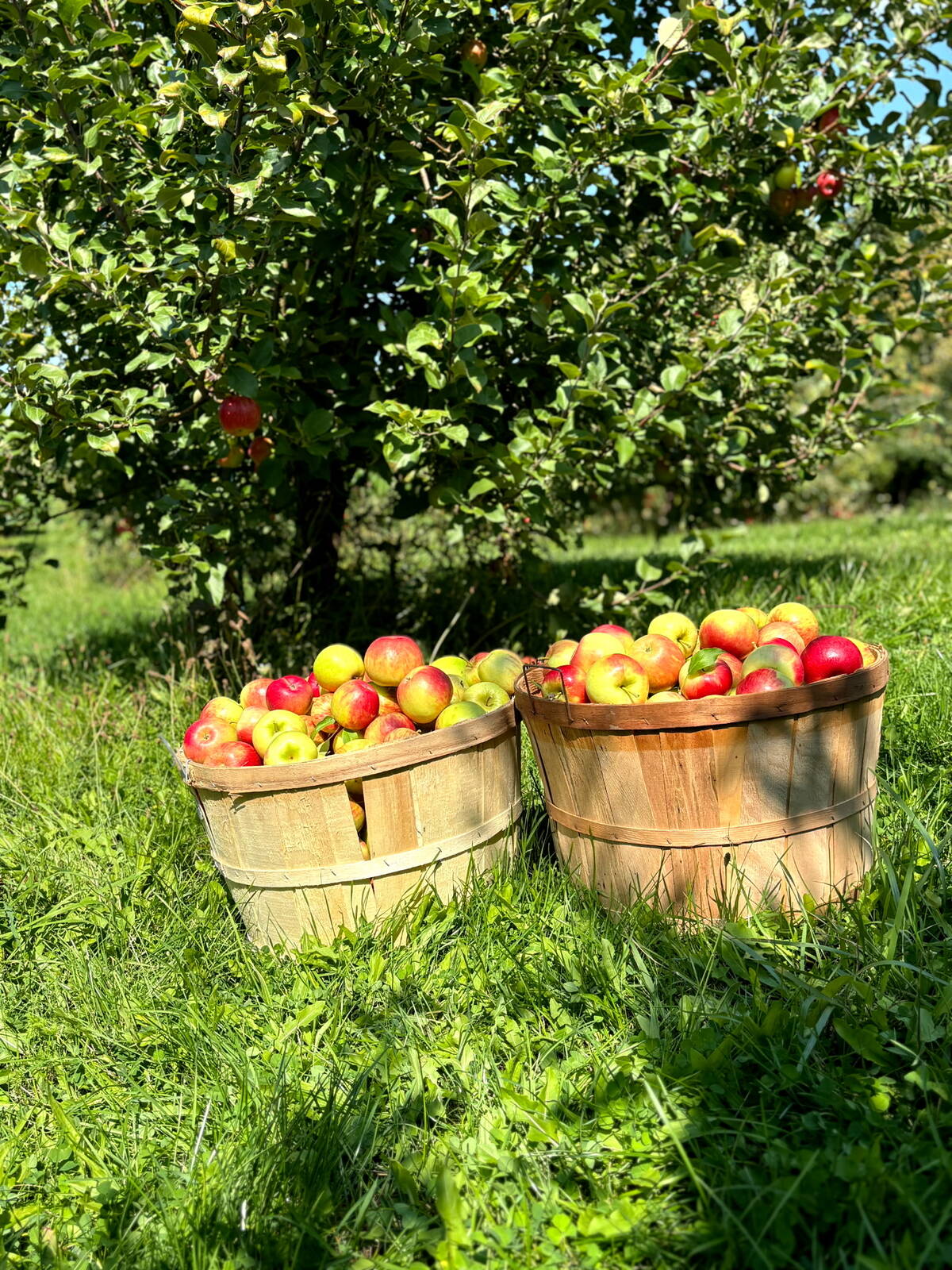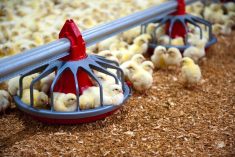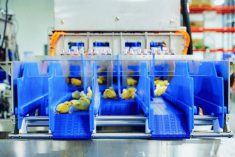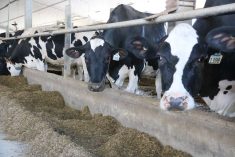The small details of barn management have proved to be key to maintaining healthy birds, especially when not raised with antibiotics.
Dr. Brian Fairchild of the University of Georgia says his work over the past several years has focused on the management of the environment inside southern U.S. poultry barns.
“What you’re trying to do is minimize the stress on the birds,” he said. Ideally, “these birds are not sitting in the feeders because they’re too cold. They’re spread out around the house.”
Read Also

Farmers taking to social media to spread the word about the cost of farm thefts
A rash of farm thefts in Ontario have left farmers looking for new ways to help customers understand the cost of stealing goods.
Litter quality, bird density, migration fences and drinker management are all key.
Fairchild noted that birds only retain about 20 per cent of the water they ingest. The rest goes into the environment and potentially contributes to humidity, which has been shown to contribute to various flock health factors including foot lesions and leg issues.
“If you’re over 70 per cent, I can guarantee you I don’t have to pick my feet up much to move around the house. I can just glide.” Aim for between 40 and 60 per cent humidity, he said.
Fairchild doesn’t trust humidity sensors that are hung in the barn because he doesn’t believe they stand up to the rigours of poultry housing. He uses a portable sensor for humidity and temperature.
To relate ventilation needs to relative humidity, the University of Georgia has created an app for iPhone and a spreadsheet on its website (for those not using iPhones) called CHKNINVENT that uses a formula determining the amount of air intake needed to remove one gallon of water. You need to know the relative humidity, the temperature, water consumption by the flock, and the size of your barn, as well as exterior weather conditions.
“I use this tool. It’s very good, but still, it’s not perfect.” It doesn’t take into account the condition of drinkers. If there’s one leaking, this can throw the results off.
In his visits to barns, “nine times out of 10, they’re under-ventilated. And I hate it when people say, ‘it feels OK to me.’ I don’t care. You’re not wearing feathers. You haven’t been in there constantly for the last 24 hours.”
If the barn is getting close to or especially over 60 per cent relative humidity, you need to move more air.
Fairchild says you need to also accurately monitor relative humidity overnight, even if that means going out to the barn in the middle of the night every once in a while. And a static pressure test should be conducted twice per year at least. There’s also a spreadsheet on the University of Georgia website to to indicate the amount of exterior air leakage into the barn, based on the numbers generated in the static pressure test.
Ammonia levels, another potential built-up litter drawback cited by Canadian poultry organizations, tend to follow relative humidity levels.
“If my relative humidity is under control, then the other air quality parameters will likely be under control as well,” Fairchild said.
Tunnel ventilation has led to great improvements for poultry producers, compared to older-style curtains or continuous-opening barns, he said. But “I’m a firm believer in circulation fan systems,” he said.
Most recently, he has been working with 24-inch, low-power fans situated to put increased emphasis on drying the litter, but also working to move warmer air to cooler parts of the barn.
Addressing a concern expressed about the built-up litter approach, he said he agrees that, if you’re moving enough air to dry litter, you’re potentially going to cause cool drafts on the birds. But he insisted that, if your barn is airtight, you won’t be bringing in outside, cool air.













